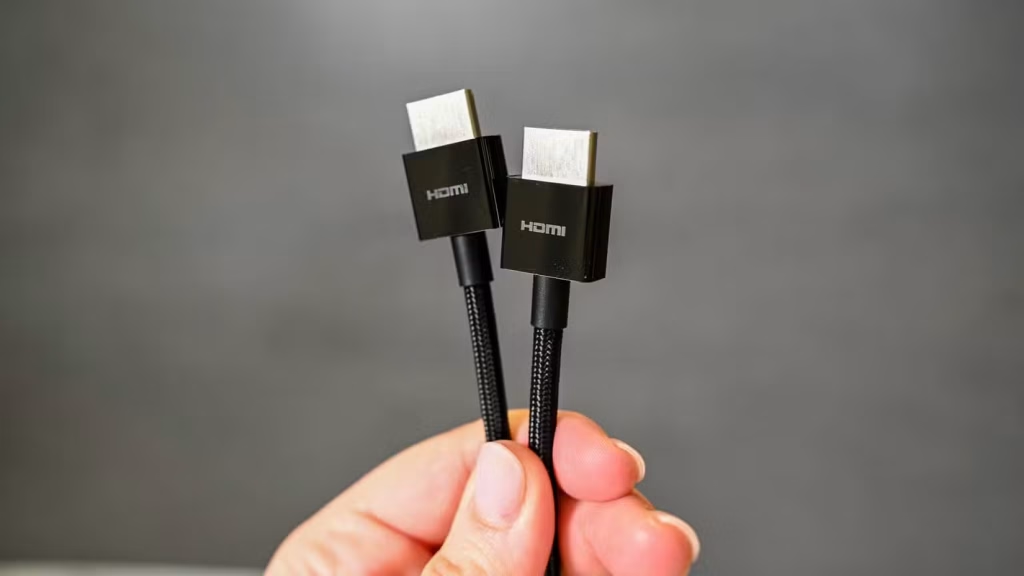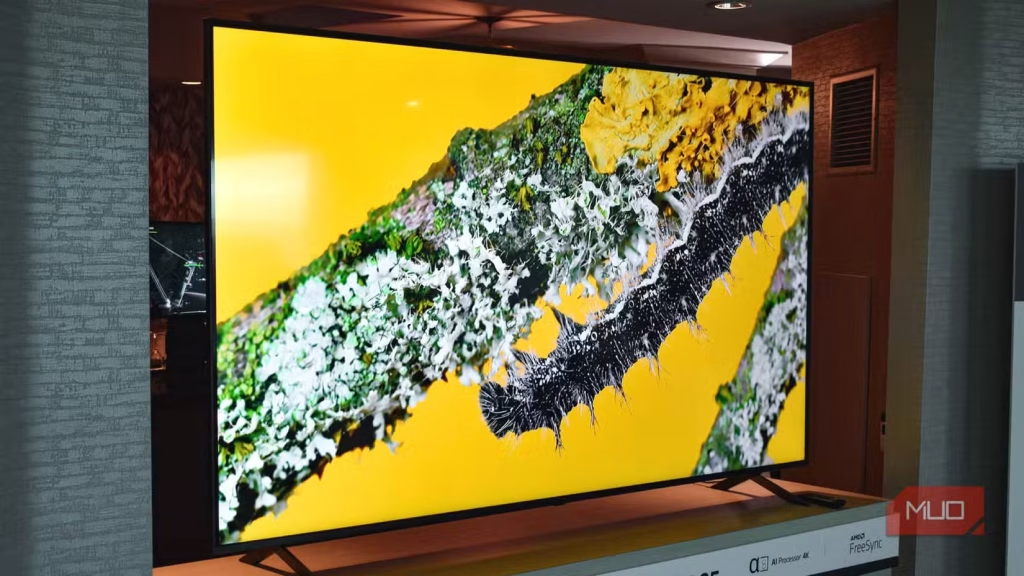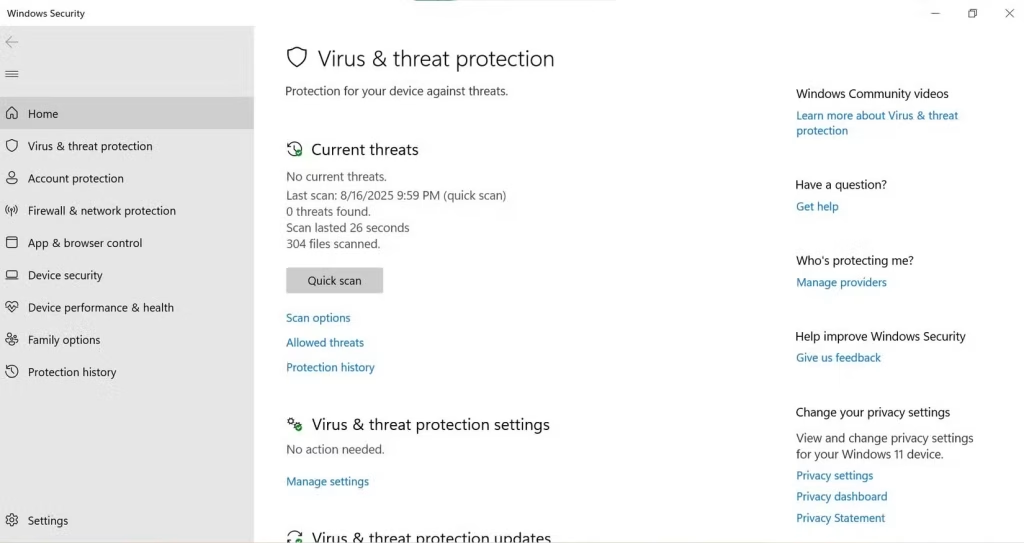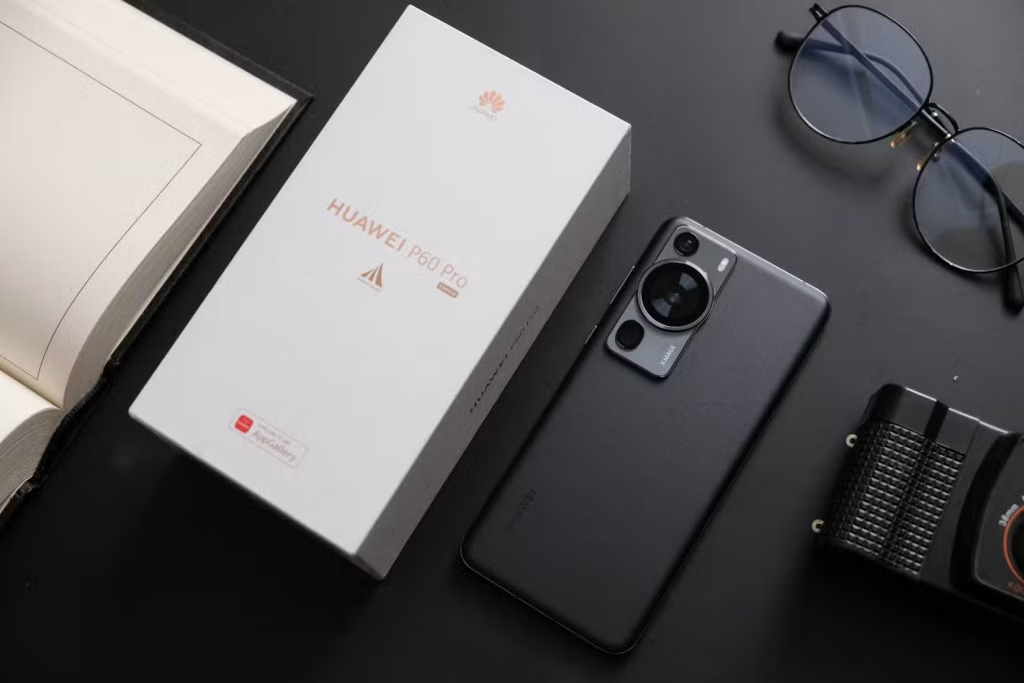The tech world is overflowing with myths, clever marketing tactics, and half-truths that persist despite being misleading. Some seem logical at first glance, others are promoted by companies to sell products you don’t really need, and a few are simply outdated but still widely believed. These misconceptions can trick even the savviest consumers, leading to unnecessary spending and frustration.
Understanding which tech claims are fact and which are fiction is crucial to making smarter purchases, saving money, and staying ahead in an ever-evolving digital landscape. Let’s uncover the myths that are costing you more than they should.
Read More: Running AI on an Old GTX 1070: Surprisingly Effective Results
Expensive Cables Don’t Boost Quality

Big-box stores often showcase HDMI, audio, and other cables ranging from a few dollars to several hundred. Sales pitches claim the pricier options deliver “superior” picture and sound, but that’s a myth.
A standard HDMI cable costing $5–$10, as long as it meets specifications and runs a typical length (1–5 meters), provides the same digital quality as a $100 cable. Digital signals are binary: the data either transmits correctly or it doesn’t. Price has no effect on image or sound quality.
Investing in higher-priced cables only makes sense for durability, frequent plugging, or long runs exceeding 50 feet,, which requireng better shielding. For everyday home setups, certified cables perform equally well regardless of cost.
More Megapixels Don’t Guarantee a Better Camera
Many assume that higher megapixels mean better photos, but this is misleading. Megapixels primarily affect image size, rather than quality. A 12MP camera with a large sensor and strong software can outperform a 64MP camera with a low-quality lens. Apple demonstrates this by consistently using 12MP cameras while delivering top-tier image quality.
Upgrading devices just for a higher megapixel count often wastes money. Unless you’re printing enormous posters or cropping heavily, the difference is barely noticeable. Key factors for great photos are sensor size, lens quality, and image-processing software, not just the megapixel number.
Bigger TVs Don’t Always Deliver Better Viewing

The “bigger is better” mindset has fueled demand for giant TVs, but size alone doesn’t guarantee a superior picture. In fact, an oversized, lower-resolution screen can make details blurry and strain your eyes. Manufacturers benefit from this misconception, as larger TVs often come with higher price tags.
True viewing quality depends on factors like screen resolution, panel technology (OLED, QLED, QNED, Mini-LED), room lighting, and seating distance. Experts recommend your TV cover about 30° of your field of vision—roughly 1.2–1.6 times the screen’s diagonal. For a 55–65 inch 4K TV, this usually means sitting seven to ten feet away. Exceeding these dimensions without a spacious room may compromise comfort and clarity.
Antivirus Software Isn’t Always Necessary

Once considered essential, antivirus software is no longer a must for every device. Modern operating systems, such as Windows 10/11, macOS, and many Linux distributions, include robust built-in protections, including regular updates, sandboxing, and behavior monitoring. For most users who practice safe browsing, avoid suspicious downloads, and stay vigilant against phishing, these native defenses are sufficient.
Paid antivirus often duplicates existing features and can even slow your system. Extra security may be helpful for households with children, less tech-savvy users, or an enterprise environment. Still, for the average user, subscriptions usually offer little beyond what’s already included for free.
New Tech Isn’t Always Better

Many rush to buy the latest gadgets, believing “new” automatically means superior. Companies encourage this, fueling constant upgrade,s but the reality is different.
Last year’s flagship phone often outperforms this year’s midrange model, and laptops a few years old can still handle everyday tasks efficiently. Upgrading solely for novelty is like trading a perfect car just because a newer one has become available. While it may look sleeker, performance usually doesn’t improve significantly.
A more brilliant strategy is buying slightly older models at a discount. You save money without sacrificing much—if any—functionality. Companies profit as long as consumers equate “new” with “better.”
Expensive Gaming PCs Don’t Guarantee Skill

Spending thousands on a high-end gaming PC or peripherals won’t automatically make you a better player. Skill, reflexes, and strategy matter far more than the price tag of your setup. A bargain rig in the hands of a skilled gamer can often outperform an expensive system.
High-end hardware does enhance graphics and frame rates, but performance gains only go so far. Prioritize what truly impacts gameplay: stable framerates (consistent 144fps over fluctuating 240fps), low-latency monitors, comfortable peripherals, and a reliable internet connection. Smart investments in these areas improve your experience without draining your wallet.
Extended Warranties Aren’t Always Worth It
Extended warranties may seem tempting, but most devices, including phones, laptops, and TVs, already come with a manufacturer’s warranty that covers factory defects. While they don’t protect against every mishap, they cover the issues most users actually face.
If something does break, reliable repair shops can often fix it for a fraction of the cost of an extended plan. For those who upgrade regularly or handle their devices carefully, the likelihood of needing expensive post-warranty repairs is low. Paying for occasional repairs as needed typically costs far less than investing in coverage you’ll rarely use.
Frequently Asked Questions
Do expensive cables improve video or audio quality?
No. Digital signals either transmit correctly or they don’t. A standard, certified cable delivers the same quality as a high-priced version unless you need extra durability or very long runs.
Does a higher megapixel camera mean better photos?
Not necessarily. Image quality depends more on sensor size, lens quality, and software than on the number of megapixels. High-quality 12MP cameras can outperform higher-megapixel models with poor optics.
Are bigger TVs always better?
No. Size doesn’t equal quality. Viewing comfort depends on factors such as resolution, panel type, room lighting, and the proper seating distance relative to the screen size.
Do I need antivirus software for every device?
Most modern operating systems already have robust built-in protections. Paid antivirus is only necessary for less tech-savvy users, children, or enterprise setups.
Is brand-new tech always better?
Not always. Slightly older models often perform just as well as the newest releases at a lower cost, especially flagship devices from the previous year.
Will expensive gaming PCs make me a better player?
No. Hardware improves graphics and frame rates, but skill and strategy determine performance. Invest in stable framerates, low-latency monitors, and comfortable peripherals instead.
Are extended warranties worth it?
Usually not. Most devices already come with manufacturer warranties. Repairs often cost less than extended coverage, especially if you handle your devices with care.
Conclusion
Tech is full of myths and marketing tricks designed to make you spend more money than necessary. From pricey cables to flashy gadgets, bigger screens, or brand-new releases, not everything that seems “better” actually is. Understanding the facts, such as the importance of sensor size over megapixels or that built-in OS protections are often sufficient, can save you both money and frustration.
Smart purchases focus on what truly impacts performance and usability, not hype or marketing. By separating fact from fiction, you can enjoy technology that works for you without falling into common spending traps.











